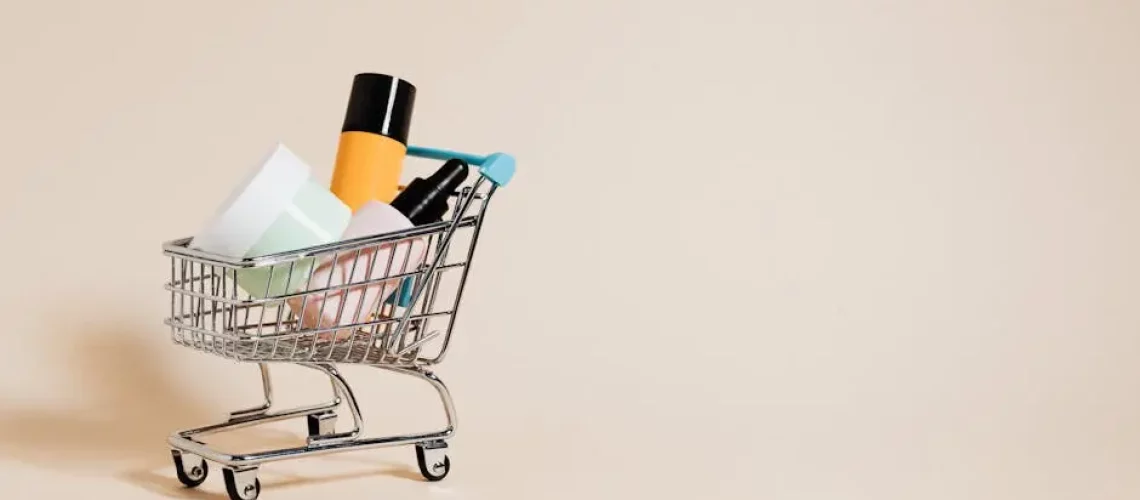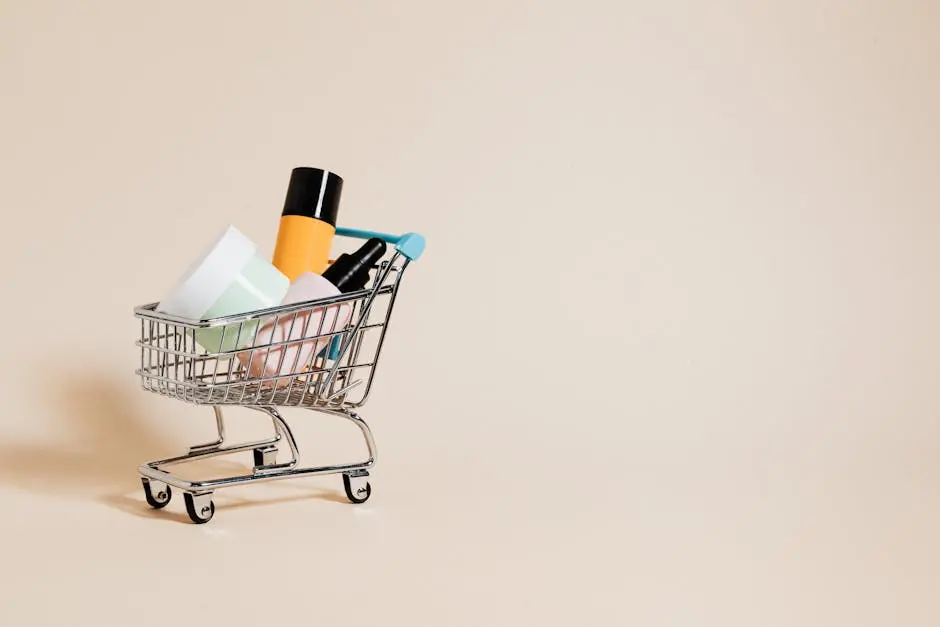In the ever-evolving world of beauty, packaging is as crucial as the product itself. Not only does it protect the product, but it also acts as a silent influencer on consumer decisions. Let’s explore some game-changing trends that are reshaping how cosmetics are presented and perceived.
1. Sustainability at the Core
As consumers become more eco-conscious, brands are leaning towards sustainable materials like recycled plastics and biodegradable containers. This shift is not only beneficial for the planet but also boosts brand loyalty among environmentally responsible buyers. For example, using recycled plastics in packaging can significantly reduce waste.
Sustainability in packaging isn’t only about material choice but also about design. Brands are now adopting minimalist designs to reduce material usage while still offering protection and aesthetics. Such minimalistic designs not only appeal to modern aesthetics but also serve an important role in reducing the carbon footprint of packaging processes.
2. Innovative Refill Solutions
Refillable packaging has taken the industry by storm. Offering consumers the ability to replenish their favorite products reduces waste and enhances the shopping experience, making it a win-win for both brands and buyers. It’s an approach that aligns with the increasing consumer demand for zero-waste products.
Moreover, refill solutions are enabling brands to build on their relationship with existing customers. By offering subscription-based refills or in-store refilling stations, brands provide convenience and cost savings. This not only entices initial purchases but retains customer interest over time, increasing the lifetime value of each client.
3. Smart Packaging Technology
Integration of smart technology, like QR codes and augmented reality, provides consumers with product information via their smartphones, enhancing engagement and providing a richer experience beyond traditional packaging. This innovative trend allows brands to connect with an audience that values advanced and interactive experiences. The storytelling aspect of augmented reality experiences, for instance, enables brands to share their product’s journey and ingredients effectively.
4. Minimalistic Aesthetics
Simplicity is key in the age of sleek and chic minimalism. Streamlined designs with clean lines and understated colors let the product speak for itself, catering to a modern aesthetic that many consumers find appealing. Minimalist packaging often uses a single, focus-driven color palette that stands out on shelves while being easy on the environment due to fewer resources employed in production. This approach satisfies consumers’ desire for simplified solutions that reflect their personal ethos.
5. Personalized Packaging Experiences
Customization is reigning supreme, with brands allowing consumers to tailor their packaging designs. This personal touch makes consumers feel valued, fostering a deeper connection with the brand. Customization also provides a platform for uniqueness, where individuals can design elements to align perfectly with their personality or preference. It leads to a stronger emotional attachment towards the product, turning customers into brand advocates, as they appreciate packages that echo personal suitability.
Personalization extends beyond initials or names. Companies are using data-driven insights to tailor design elements that meet demographic preferences or regional aesthetics. This targeted approach not only provides relevance at the point of sale but also encourages social sharing and word-of-mouth marketing. Hence, personalized packaging represents more than vanity; it’s about fostering brand loyalty through unique experiences.
6. Transparent Packaging Innovation
Transparency isn’t just a metaphorical concept. Clear packaging that allows consumers to see the product inside builds trust and showcases the product’s quality, offering an honest buying experience. This approach aligns with the increasing consumer demand for openness and authenticity in the brands they support. Moreover, visually appealing products encapsulated in transparent packaging can capture attention and highlight the product’s vibrant colors or unique textures—effectively making transparency a powerful marketing tool.
7. Compact Functionality
Gone are the days of bulky containers. Compact and portable packaging designs cater to the on-the-go lifestyle of today’s consumers, offering convenience without sacrificing product volume. This has become particularly important as more people seek efficiency and functionality in their everyday lives. Compact packaging not only meets the demand for portability but also addresses sustainability by using less material, making them a sustainable alternative to larger, wasteful packaging designs.
8. Artistic and Sophisticated Designs
Brands are embracing artistic designs that make a statement on the shelf. These eye-catching packages often include intricate patterns and luxury finishes, turning packaging into a work of art. Such designs are not only aesthetically pleasing but also add a premium touch to the product, enhancing perceived value. Artistic packaging transforms everyday cosmetic items into desirable collectibles, creating a strong impression that marks the brand as sophisticated and trendy. This ‘art as packaging’ movement invites products to express creativity and vitality, even provoking consumer thought regarding artistic appreciation in commerce.
9. Multi-Use Packaging Solutions
Versatility is a growing demand. Multi-use packaging that serves a purpose beyond its initial intention, like doubling as decor or as storage solutions, adds value and appeals to resourceful consumers. Repurposing or upgrading packaging to serve secondary functions caters to the creative and practical aspects of consumers’ minds. Such packaging meets sustainability goals by extending the life cycle of each container and reducing waste through creative reuse.
10. Biodegradable Innovations
With environmental impact at the forefront, biodegradable packaging materials that break down naturally are becoming increasingly prominent, showing a commitment to sustainability and innovation. These materials minimize waste impact and are typically derived from natural substances like cornstarch, making them eco-friendly and safe for the planet. As consumers raise concerns over traditional non-disposable materials, adopting biodegradable solutions reflects a brand’s dedication to protecting the planet while answering consumer needs for sustainable consumption. Moreover, biodegradable packaging aligns with global sustainability goals.
Biodegradability offers an opportunity for innovation in materials science. Brands are investing in research to develop packaging not only friendly to ecosystems but aesthetically versatile and robust. Options like mushroom packaging and seaweed plastics are at the forefront, reflecting a dedication to alternative solutions that inspire sustainable habits and ethically driven consumerism. As this trend unfolds, it forms part of a transformative journey towards greener industry standards, guiding brands to set new paradigms in eco-conscious packaging.

